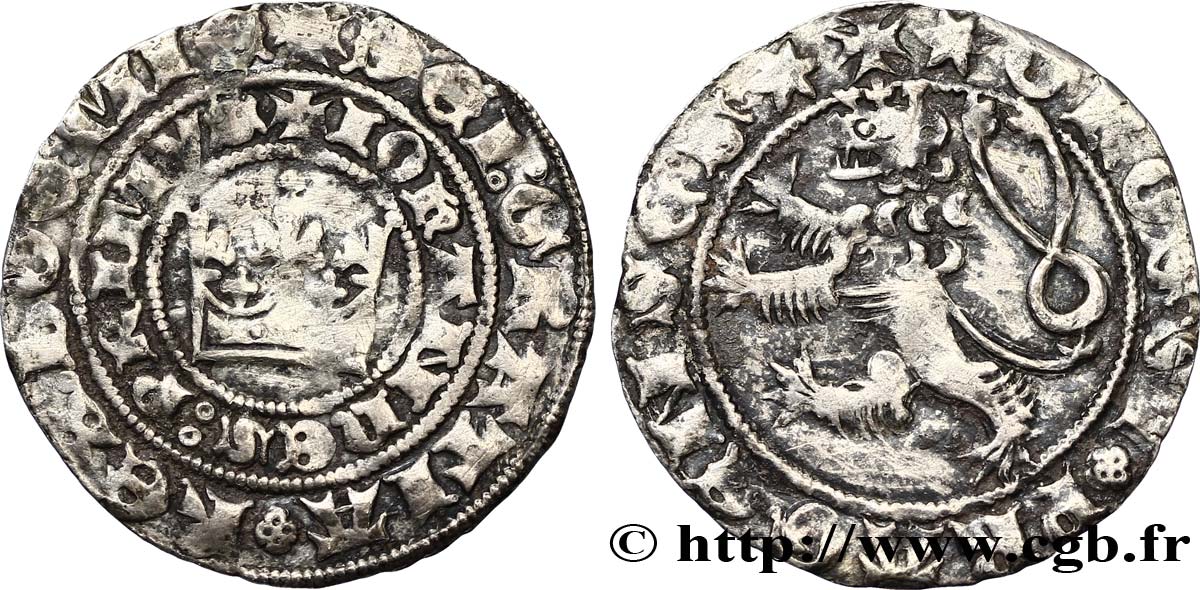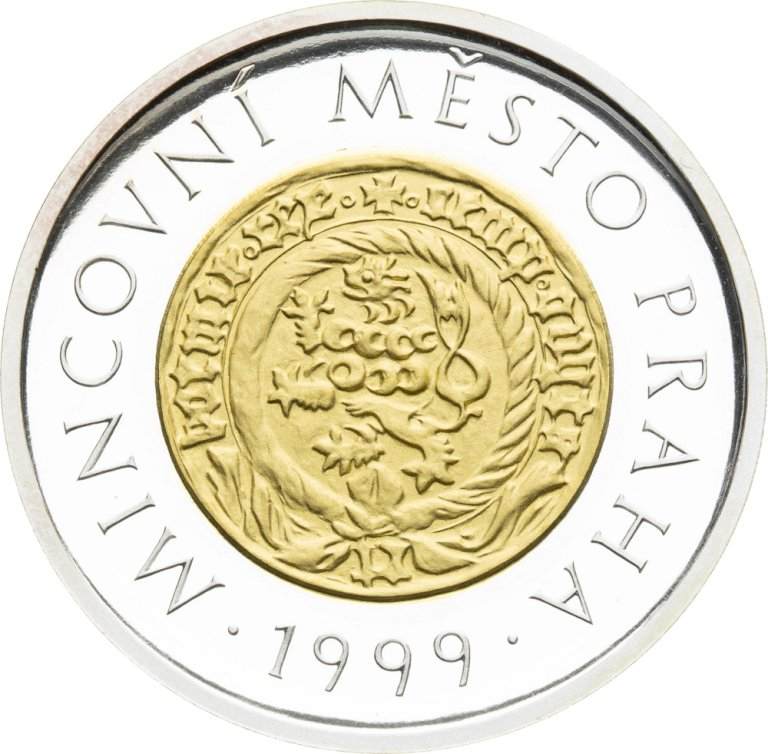Best Advice To Quality Control Czechoslovakia Medals
Best Advice To Quality Control Czechoslovakia Medals
Blog Article
How Do Artists Create And Sketch Gold Coins And Medals?
Artists employ various techniques to create sketches and designs for gold coins or medals, adapting traditional methods or utilizing digital tools for visualizationHand-Drawn Sketches
Pencil or pencil Sketches- Artists often start with preliminary sketches using pencils or pens on paper. The sketches are used to visualize the concept of the coin or design of the medal.
Detail Rendering- The artist refines the initial sketches, adding more details, drawing out the contours, and refining the overall composition. This stage may involve several iterations in order to achieve the desired outcome.
Tracing, or inking When the artist is pleased with the pencil sketch then he could trace the design onto the paper to get a more defined outline. Tracing the pencil drawing onto an unopened sheet or using tracing paper is common for this step.
Create depth and shade- Artists can employ shading techniques to add depth and dimension to the design. This can give the design a more authentic look or draw attention to particular elements of the design.
Digital Design Creation
Graphic Design Software- Artists proficient in digital design use software such as Adobe Illustrator, Photoshop, or other 3D modeling software. They design the coin or medal digitally using tools that allow for precise and scale.
Vector Graphics- Digital designs are usually designed as vector graphics, which allows for scaling without any loss in quality. The design can be adjusted to suit different coin sizes, without sacrificing clarity.
3D Modeling - For experienced artists, 3D modeling is a method of visualizing the design of a medal or coin in a 3-dimensional space. This will allow for an authentic representation, as well as a greater understanding of what the final product will appear like.
Visualization: Artists are able to render their digital designs in order to simulate the way a medal or coin will look like once they are finished. They may apply various designs, effects or even textures.
Both hand-drawn and digital design techniques require meticulous focus on detail, artistic skill, and an awareness of the technical constraints and specifications required for minting medals or coins. Artists can choose their preferred method based on personal knowledge, the requirements of clients, or the desired aesthetic of the final design. Check out the recommended drawing Prague Mint gold medals website advice. including ancient coin, golden and silver, cost of gold coins, 50 dollar gold coin, 24k gold coin, price of 5 dollar gold coin, 1975 gold penny, silver bars for sale near me, buy gold biscuits from bank, 2000 olympic and more. 
Why Do Dies Used For Striking Gold Medals Or Coins Undergo Procedures Of Vacuum Hardening?
The vacuum hardening method is utilized in the manufacturing of gold-plated coins or medals. It involves heating dies to high temperatures, then exposed to controlled conditions within the vacuum. This article will provide an outline of the vacuum hardening process for dies Preparation and Cleaning-
When preparing dies to be used in striking metals or coins, it's essential that they are free of residues or contamination.
Loading in Vacuum Furnace
The dies may be put in a vacuum oven which creates a vacuum in the heat-treatment area.
Evacuation Air-
The vacuum furnace removes air from the chamber, creating an environment of controlled vacuum that is free of oxygen or other gases. This prevents oxidation and ensures the same heat treatment.
Heating Phase
The furnace is heated up to the required temperature to harden the dies. The temperature will depend on the material that is used and the way it will be shaped.
Soaking at High temperatures
The material is allowed to reach the desired hardness, and the metallurgical structure is created.
Quenching or cooling
The dies are then quenched or rapidly cooled after the soaking. This rapid cooling procedure aids in locking the desired hardness in the material.
Tempering (Optional).
In certain situations the process of tempering may follow the process of hardening. To increase strength and reduce internal stress, dies could be heated at temperatures lower.
Quality Control and Inspection
To make sure they meet the standards for hardness and strength Die dies that have been hardened go through an exhaustive inspection and quality check.
Post-Treatment Handling-
Die dies are then subjected to further processing like polishing or coating, before being used to create the strike of the coin or medal.
Vacuum hardening enhances the life as well as the durability and wear resistance of the dies that are used to create gold medals or coins. Through the creation of a controlled atmosphere free of airborne contaminants the process ensures the consistent and reliable hardening of the dies, contributing to the durability and quality of the minted products. View the top rated vacuum hardening Prague Mint gold coins site tips including american eagle gold coin 1 oz, silver eagle coins, 20 dollar gold coin, 24k gold coins prices, bullion bars gold, 5 cent piece, 1 oz gold bars, coins and gold, gold and silver buyers near me, american eagle gold coin 1 oz and more.
How And Why Is It Possible To Create Certain Textures Or Finishes Such As Textures Or Matte Surfaces?
Sandblasting can be used to create matte or textured surfaces on gold coins and medals. Why and how do we use this method?
Surface Preparation- The coin or medal is placed inside an enclosure or chamber with a nozzle that is connected to an air compressor. The chamber can be enclosed with abrasive products that is used during the process.
Abrasive Materials Selection - At high speeds, fine particles of abrasive substances, such as silicon carbide (sand) glass beads or aluminum oxide, are carried over the surface of the coin or medal.
High-Pressure propulsion: Abrasive particles can be hurled onto the surface of a surface using compressed gas or other high pressure system. The force and speed at the point at which particles are thrown on the surface will determine the finish or texture.
Texture Creation: The impact caused by the abrasive grains the surface results in an appearance that is matted or textured by altering the topography of the surface. This technique lets you roughen specific areas, or to create a texture that's similar across the entire surface.
Sandblasting can be controlled in terms of intensity, duration, and angle controlled, resulting in different finishes or textures. Different abrasives are employed to create different effects.
Sandblasting - Why it is done
Texture Variation - Sandblasting can create an array of textures, including the grainy, matte and frosted surfaces. They can add attraction and distinctive characteristics to the medals or coins.
Aesthetic enhancement- Sandblasting can change the appearance of the surface by diffusing light, and thus reducing shine. This could enhance the appeal of the coin. Matte surfaces, like ones that cut down on glare are able to highlight particular design elements.
Anti-Glare - A matte surface or textured finish produced by sandblasting will reduce reflections or glare. This makes the coins or medals appear more appealing, and they are much easier to read, without undesirable light interference.
Contrasting Elements in Design- Sandblasting can be used to create contrast between the areas which are polished or textured on coins or medal. This is done to highlight specific design elements or give dimension and depth.
Sandblasting permits customization and artistic expression as well as creating unique medals or coins that have textures or finishes designed to meet specific specifications for design.
Sandblasting, an incredibly versatile technique that can be used to create different textures and surface finishes on medals or coins. It enhances their visual appeal, aesthetics, and overall design. See the top rated sandblasting Czechoslovakia gold coins site examples. including golden dime, gold buy bullion, canadian gold maple leaf coin, 1oz gold eagle coin, 5 dollar gold coin, 1 4 ounce gold coin, 1 10 oz gold eagle, gold eagle, 2000 olympic, silver price in dollar and more.
How Are Gold Coins Or Medals Checked For Quality To Make Sure They Are In Compliance With The Specifications??
Gold medals and coins are inspected for quality control checks after minting to make sure they conform to the specifications, are exact and have a nice surface. These checks involve several steps Visual Inspection
Each medal or coin is scrutinized by experienced inspectors to identify any surface imperfections. They search for discolorations, scratches, irregularities or marks that could impact the value of the coin or appearance.
Weight and Dimensions
Each coin or medal is weighed and measured to ensure it meets the dimensions of weight and diameter, thickness, and overall dimensions according to the specifications of the design. Any deviations could signal a quality issue.
Metal Purity and Composition
As part of the quality check the medals and coins are tested for purity of gold or content using various methods such as XRF analysis, chemical tests or XRF. The gold content is inspected to ensure that they meet quality and quantity standards.
Edge Inspection
Inspections are conducted on the edges to check for any flaws, irregularities and the reeding. Edges are a key area to include security features and additional design elements.
Strike Quality-
The quality of the strike including the clarity and sharpness of the design's details, relief, as well as the overall appearance, is assessed to ensure that the strike is consistent across all minted pieces.
Proofing and minting errors
Proof coins and special editions are subject to a thorough examination in order to find any imperfections, mistakes or discrepancies which could affect their value as collectibles.
Packaging and Presentation
Quality tests extend to packaging and presentation making sure that coins and medals are securely sealed, stored, or presented in cases or holders, without any damage or contamination.
Random checks and samples
Random checks and sampling are conducted in batches to ensure quality standards are met during the process of minting.
Compliance and documentation
All quality checks are recorded to ensure compliance with regulations in the field of minting standards, as well as certification specifications. These records act as proof of the coin's quality and authenticity.
Rejection of non-conforming goods
To ensure integrity and overall quality, coins or other minted products that do not meet the requirements for quality are rejected or sent back to be processed.
These thorough quality checks are carried out by the mints and certification agencies to make sure that gold coins or medals meet the required standards of clarity, precision and appearance. This provides assurance to collectors, investors and consumers that they are authentic and of high quality. Follow the top Czechoslovakia gold coin quality control more info. including gold bullion bar price, sell gold silver near me, saint gaudens double eagle, double eagles, gold sovereign, gold dollar coin 2000, gold and coin near me, 2000 olympic, cost of gold coins, coin buy gold and more.